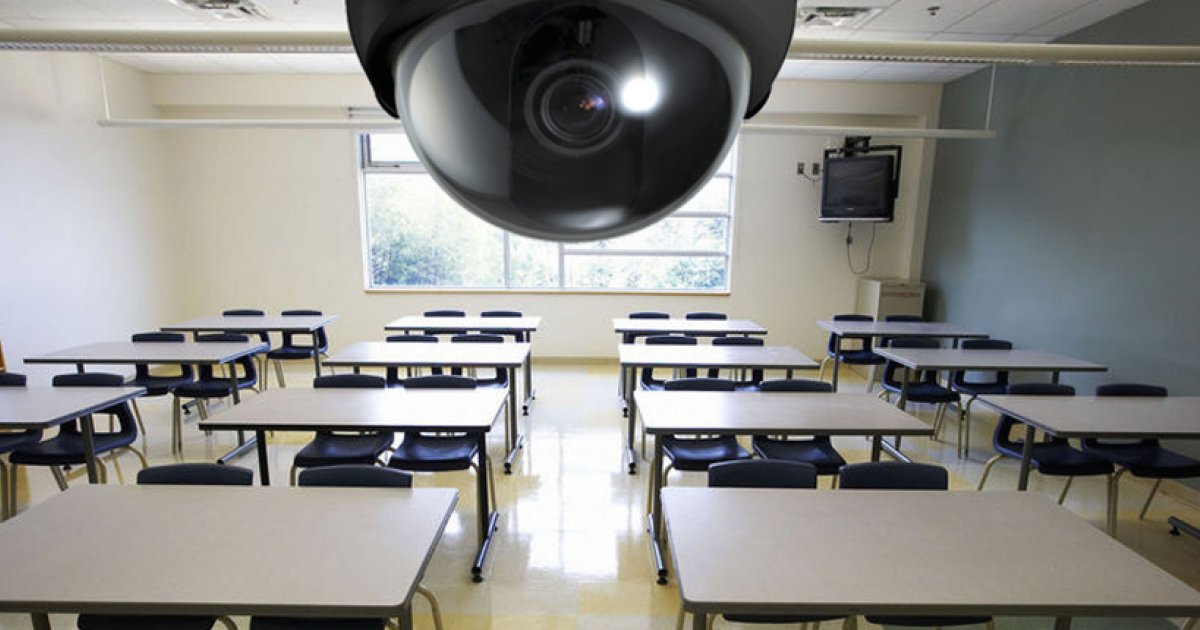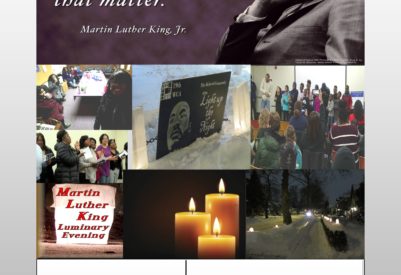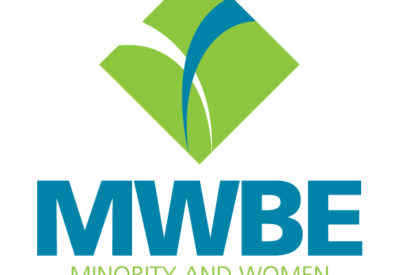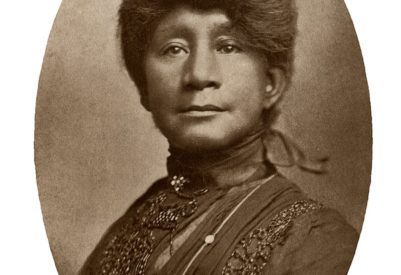
Southwest Tribune Newspaper, Rochester, NY
While some argue that it can promote transparency, increase safety, and improve educational outcomes, others raise concerns about privacy, trust, and the potential negative impact on teacher-student relationships.
On the one hand, cameras can help to deter misconduct, promote accountability, and improve safety in the classroom. For example, they can help to prevent bullying, harassment, and violence, as well as provide evidence of inappropriate behavior or actions. Cameras can also be useful for teacher evaluations and training purposes, as they can provide insights into teaching practices and student engagement.
On the other hand, cameras can raise significant concerns about privacy, trust, and the potential negative impact on teacher-student relationships. The constant surveillance can make students and teachers feel uncomfortable and monitored, which can undermine trust and erode the classroom community. Moreover, cameras can also capture sensitive information and situations that could be misused or shared without consent, such as medical information or personal conversations.
Therefore, any decision to install cameras in classrooms should be carefully considered, and the potential benefits and drawbacks weighed against each other. If cameras are used, it is essential to establish clear guidelines and protocols that respect privacy, protect confidentiality, and ensure transparency and accountability.
Additionally, schools should involve teachers, students, and parents in the decision-making process and provide training and support to ensure that cameras are used appropriately and effectively.





